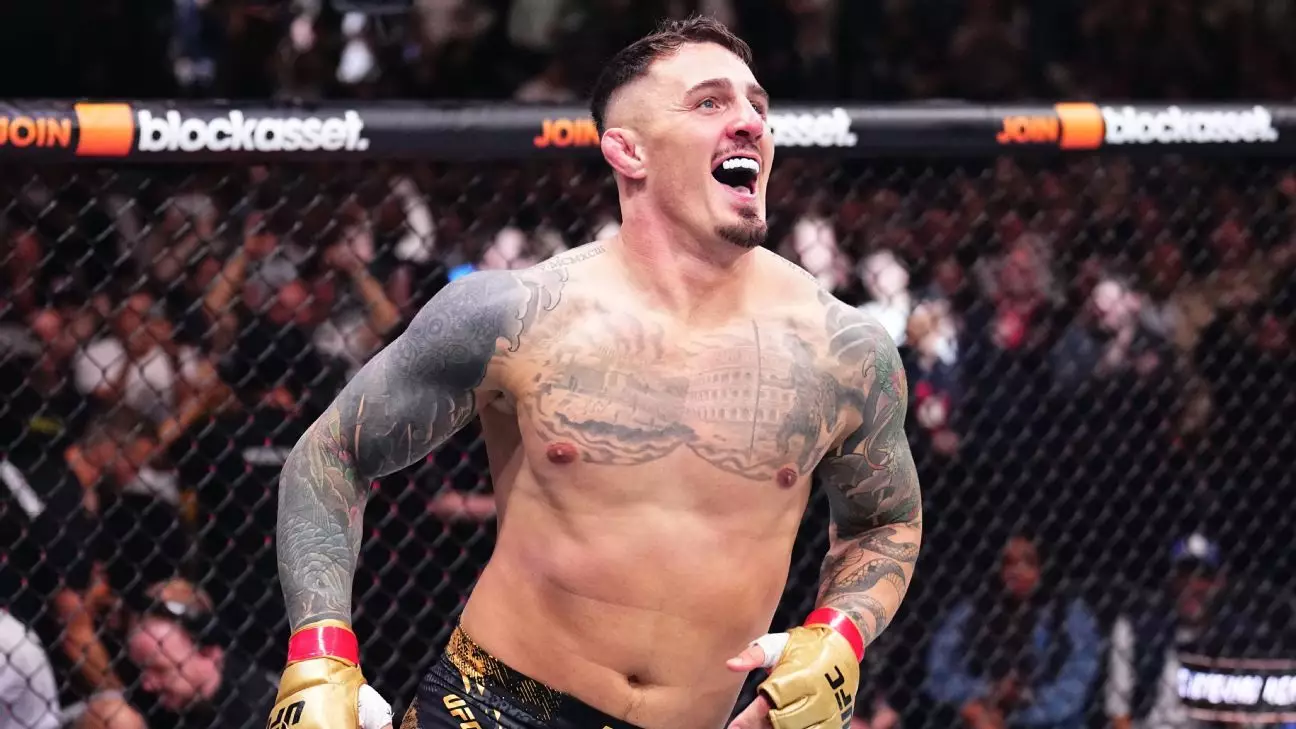The heavyweight division of the UFC stands at a crucial crossroads, much of its future shadowed by the recent retirement of Jon Jones. Widely regarded as the GOAT of MMA, Jones reshaped what it meant to be a heavyweight champion, dominating through a mixture of technical finesse and undeniable power. His departure leaves a void not just in the title picture, but in the very identity of what heavyweight MMA can be. Fans and analysts are left questioning: who will seize the mantle and bring vitality back to a division that has been somewhat stagnant in recent years?
While Jones’s career was meteoric and groundbreaking, his exit was marred by a drawn-out decision process and an elusive final bout. The fact that he contemplated a high-profile fight on a proposed White House card suggests a desire to extend his legacy into other arenas, yet his retreat from the sport might be seen as a missed opportunity for the division’s resurgence. Dana White’s confirmation that Jones remains in the anti-doping pool hints at future possibilities, but the wait continues to feel interminable. The heavyweight division, which historically hinges on the power and unpredictability of its fighters, desperately needs a new figure to electrify the fans and restore its credibility.
In the absence of Jones, Alexander Volkanovski’s brief flirtation with heavyweight has made headlines, yet no clear successor has emerged as the division’s undisputed star. The current landscape is ripe with potential, but to truly ignite the division’s future, the fighters must not only possess raw strength but also the charisma and consistency to captivate the audience.
The Rising Stars: Aspinall and the Future of Heavyweight Power
Tom Aspinall, elevated to undisputed champion after the injury-related withdrawal of previous contenders, emerges as a promising figure with the potential to redefine heavyweight excellence. His record reflects a remarkable ability to finish fights early—seven first-round finishes out of nine UFC appearances highlight his explosive capacity. Yet, what truly sets Aspinall apart is his youth and evident skill, which suggests that his dominance may not be a fleeting phenomenon but rather the beginning of a long reign.
His victories over recognized top contenders such as Curtis Blaydes, Alexander Volkov, and Sergei Pavlovich establish him as a legitimate threat to anyone in the division. Still, the lack of seasoned competition at his level invites skepticism about whether Aspinall’s ascendancy is a passing phase or the start of a new chapter. The division’s lack of deep, credible opponents may ultimately serve as both a hindrance and an opportunity—it forces Aspinall to face less challenging adversaries now, but it also means he may face a strategic challenge when genuine contenders finally emerge.
However, the division’s future is not solely dependent on Aspinall’s undefeated streak. Fighters like Ciryl Gane, with his raw talent and considerable physical gifts, remain dangerous if they can sharpen their skills and mental focus. The prospect of a Gane vs. Aspinall rivalry is intriguing because it would pit two technically gifted heavyweights with contrasting styles—power and finesse—potentially revitalizing interest in the division.
Perhaps most exciting is the possibility of high-profile super fights, particularly the allure of a confrontation between Aspinall and former middleweight champion Alex Pereira. Such a matchup could serve as a significant catalyst for division-wide excitement, uniting fans behind a crossover clash that promises to be both explosive and strategic. Yet, Pereira’s size disadvantage and his own unfinished business at 205 pounds introduce complications that make this a tough sell. Nevertheless, the potential for that fight to re-energize heavyweight MMA cannot be overstated.
The Veteran Effect and the Next Generation
In the current landscape, veteran fighters like Derrick Lewis still command attention. Lewis, a durable 10-year veteran known for his one-punch knockout power, adds a layer of unpredictability to any fight—especially at this stage of his career. If he manages to score an upset this weekend, it could spark interest in matchups like Lewis vs. Aspinall, despite their ranking discrepancy. That kind of fight embodies the essence of heavyweight MMA—powerful, raw, and unpredictable.
The division’s future, however, hinges on emerging talents stepping up rapidly. Aspinall’s impressive start could overshadow the rest for a while, but history suggests heavyweight is always waiting for the next big thing. And in this division, size and knockout power are the currency of fame, making it ripe for new stars to ascend quickly. Fighters like Teixeira, the young challenger facing Lewis this weekend, have a chance to showcase their skills and issue a challenge to the established order.
Unlike in the era of Jones, where star power was bolstered by a depth of legendary names, today’s division needs fresh narratives and unforgettable rivalries. Aspinall’s dominance might suffice for now, but the division will need new faces willing to take risks and push the envelope. Only then can heavyweight MMA evolve into a more dynamic and compelling chapter—one that captivates beyond just the power punch and immediate finishes.
The heavyweight division is in a delicate, transformative phase, dictated by the absence of Jones’s looming figure and the emergence of new talent. It’s a game of patience and strategic matchmaking, but the potential for resurgence is palpable. The question remains: who will rise to fill the void and turn this division into a powerhouse of excitement once again?


Leave a Reply